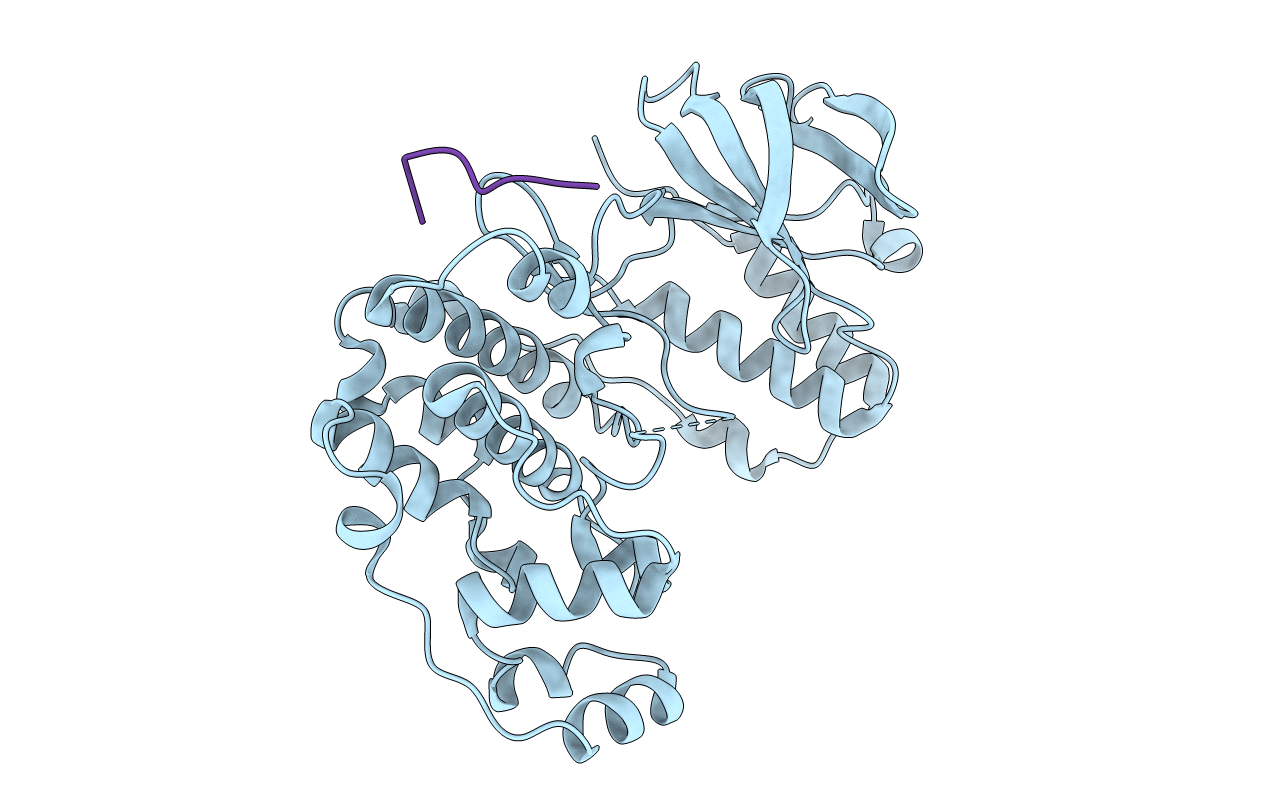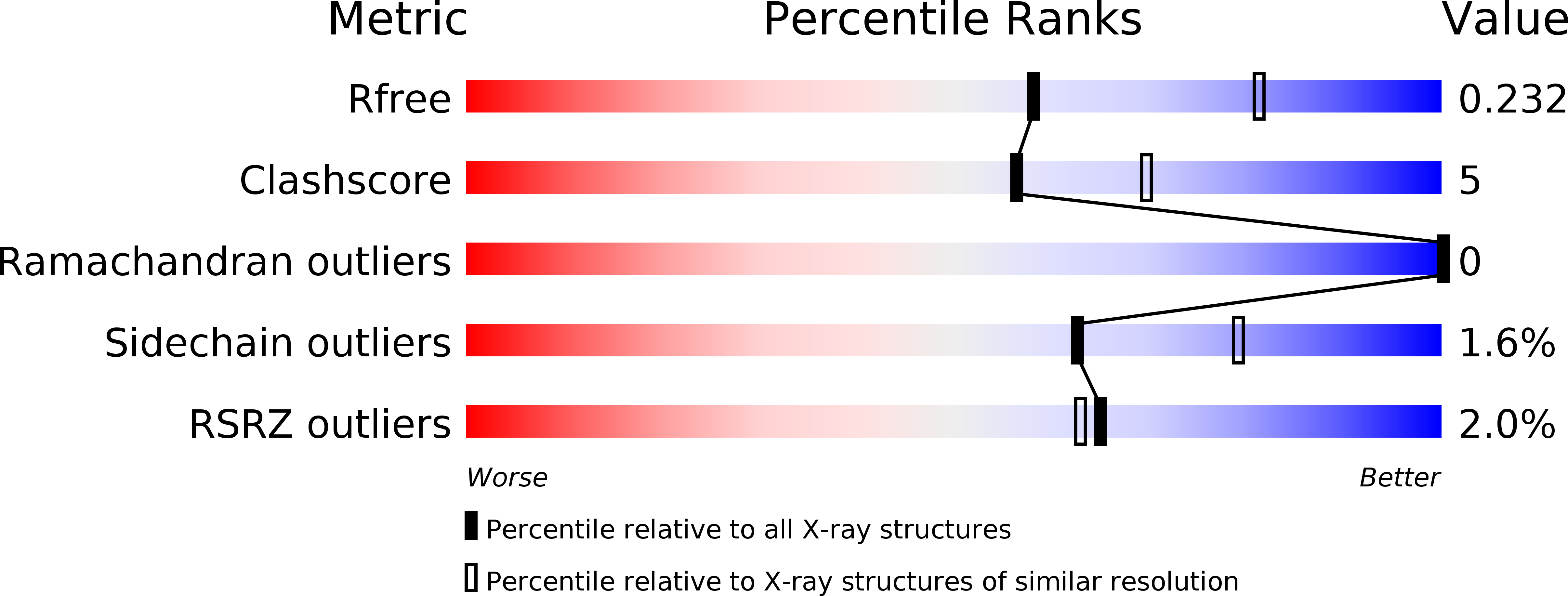
Deposition Date
2015-11-17
Release Date
2016-10-26
Last Version Date
2024-05-08
Entry Detail
PDB ID:
5ETF
Keywords:
Title:
Structure of dead kinase MAPK14 with bound the KIM domain of MKK6
Biological Source:
Source Organism:
Homo sapiens (Taxon ID: 9606)
Host Organism:
Method Details:
Experimental Method:
Resolution:
2.40 Å
R-Value Free:
0.23
R-Value Work:
0.16
R-Value Observed:
0.16
Space Group:
P 31 2 1


